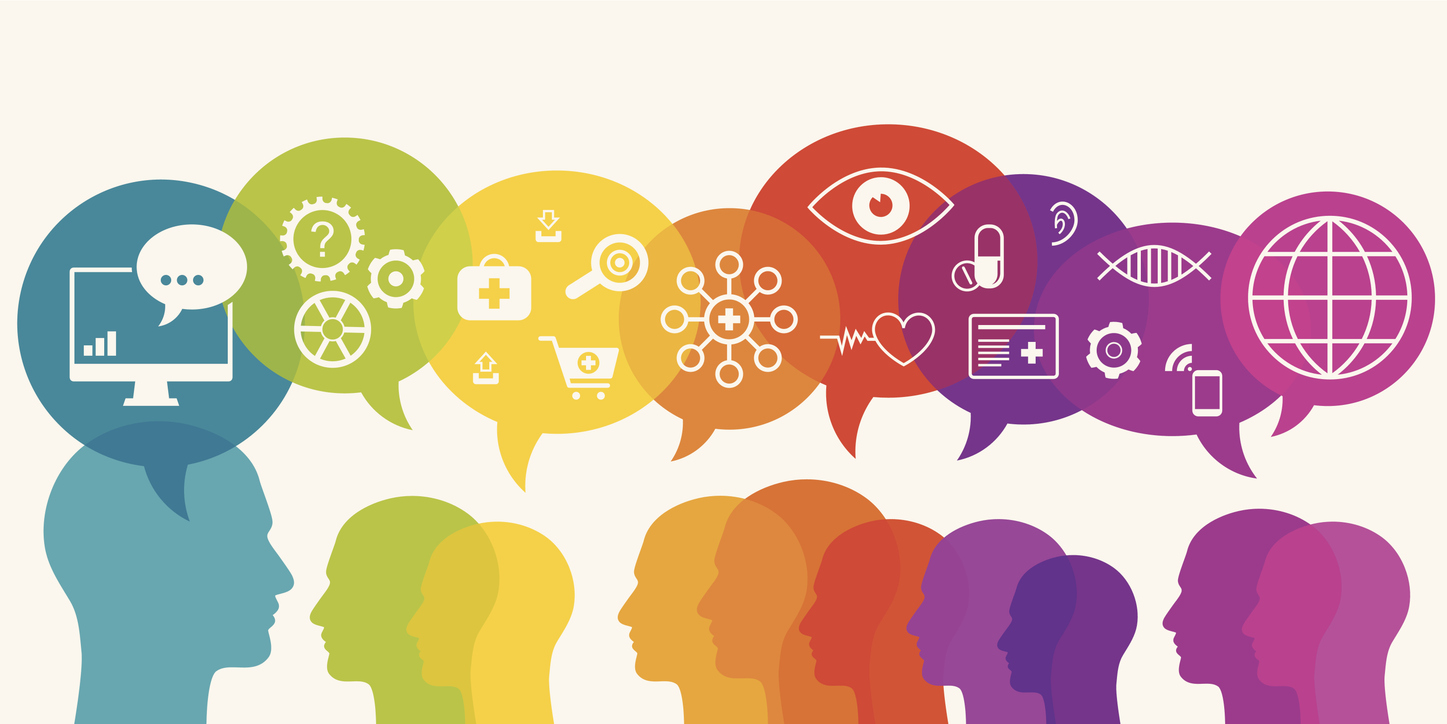Tips & Tools for Mastering Digital Test Prep
Test preparation has undergone significant changes in recent years, especially with the rapid advancements in technology. Today, the traditional methods of pencil and paper are being replaced or augmented by laptops, keyboards, and digital platforms and tools. The shift towards digital test prep brings many advantages, which educators and students can greatly benefit from. Let’s discuss the benefits of digital test prep, as well as tips and tools you can use to develop effective test preparation in your classroom.
Benefits of Incorporating Technology into Test Prep
There are several benefits of incorporating technology into test prep for both educators and students. First of all, digital tools make test prep highly accessible. Students can access it anytime, anywhere, with the flexibility to work at their own pace.
Second, incorporating technology allows educators to create a more interactive learning environment and engage students in a more dynamic learning experience. Interactive quizzes, simulations, and multimedia resources make the test prep process more engaging and effective.
Third, technology creates a more customized learning experience. Often, digital test prep platforms include adaptive learning tools that tailor content to individual learning styles and pace. This provides students with a personalized learning experience that caters to their unique strengths and weaknesses and offers the right level of challenge without frustrating them.
Finally, digital test prep offers real-time feedback. Immediately after a practice test or formative assessment, educators and students can identify areas of improvement and adjust their instruction or study strategies accordingly.
Examples of Effective Digital Tools for Test Preparation
There are countless digital test prep tools on the market today, but how can educators know which are the most effective? The most effective digital tools are those that incorporate all the benefits listed above: they’re accessible, interactive, personalized, and data-driven.
Digital solutions like Progress Learning have all these bases covered. They can be accessed anywhere there is an internet connection. They are interactive and engage students with age-appropriate games and lessons. They are also highly personalized and include adaptive learning tools, like Liftoff Adaptive Intervention, that adjust the content based on individual performance. And finally, they are data-driven. Progress Learning, as well as Horizon Education for SAT and ACT, offer standards-aligned state and national tests that mirror the real assessments. This allows students to simulate the test-taking experience and educators to gather immediate data that they can use for instruction, reteaching, and remediation.
How to Develop Effective and Flexible Test Prep
Now that we’ve discussed what makes effective digital test prep, let’s go over 4 easy steps that can help you create an effective and flexible test prep curriculum.
Step 1: Use a Modular Design
Break down your curriculum into modular units so that students can focus on specific topics and skills. This approach enhances flexibility in both content and pacing.
Step 2: Integrate Multimedia
Combine text, video lectures, interactive quizzes, and other multimedia elements to cater to diverse learning styles and preferences. This can be easily done with a digital test prep platform.
Step 3: Use Self-Paced Learning
Design a curriculum that accommodates students with varying learning speeds. Use adaptive learning tools that adapt to students’ needs and allow them to progress at their own pace.
Step 4: Provide Regular Updates
Keep your curriculum up to date by incorporating the latest changes to state assessments. Digital tools, like Progress Learning, automatically do this for you.
Strategies for Maximizing Student Engagement with Tech-Based Resources
As we all know, keeping students engaged during test preparation is half the battle. But luckily, tech-based tools make it easy to keep them engaged and motivated throughout the test prep process. Game-like elements, as well as rewards such as badges and leaderboards, motivate students to actively participate in their learning. Digital tools also enrich the learning experience by offering multimedia content. Videos, animations, and audio materials appeal to multiple senses and can enhance comprehension and retention.
Tips for Understanding Data and Assessing Progress
For educators like you, data is a major part of successful test preparation. It allows you to see where your students are and what you should do to ensure they’re prepared for test day. Again, digital tools can help simplify this process and do a lot of the manual work for you.
Tools such as Progress Learning and Horizon Education allow you to administer frequent formative assessments so you can track progress and identify areas that require further attention. They offer immediate data and analytics tools that give you insight into student performance patterns, which can help guide your instruction. They also allow you to compare individual progress against benchmarks so you can gauge how well your students are performing relative to their peers.
By combining technology with effective pedagogical strategies, you can create dynamic and personalized test preparation that caters to the diverse needs of your learners. Ready to enhance your test preparation with a powerful digital tool? Click here to get your free demo of Progress Learning.


